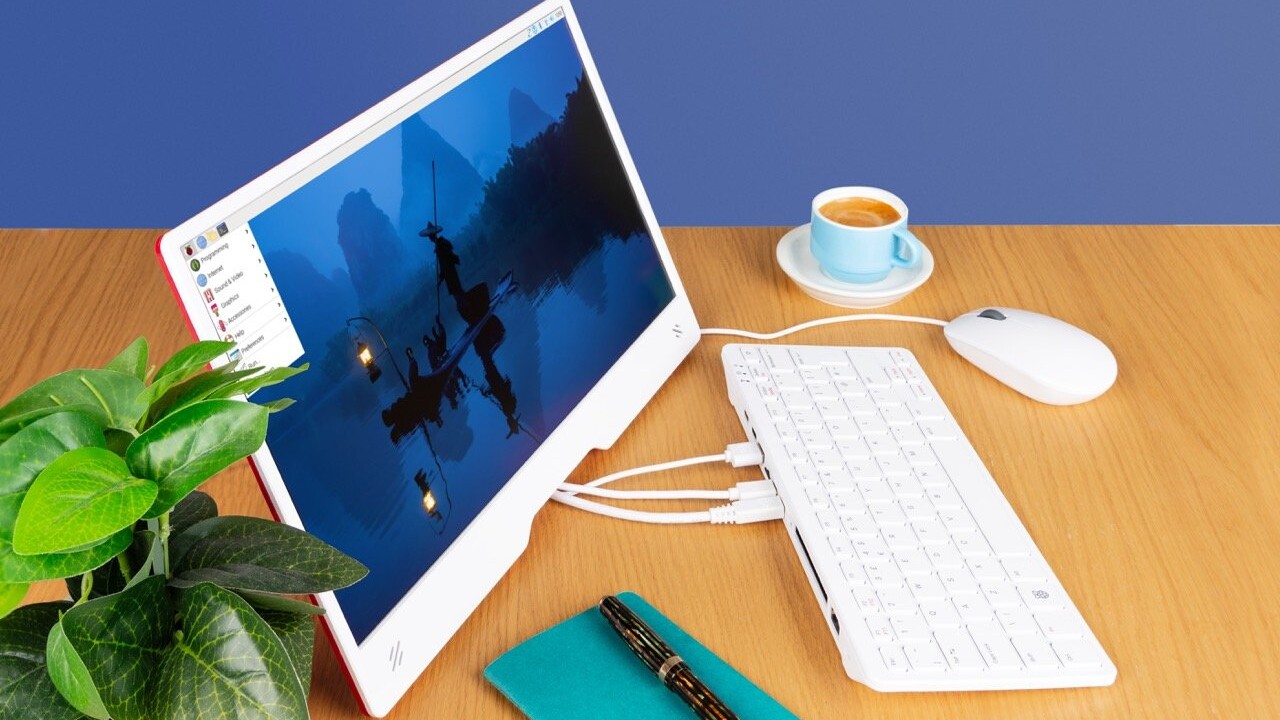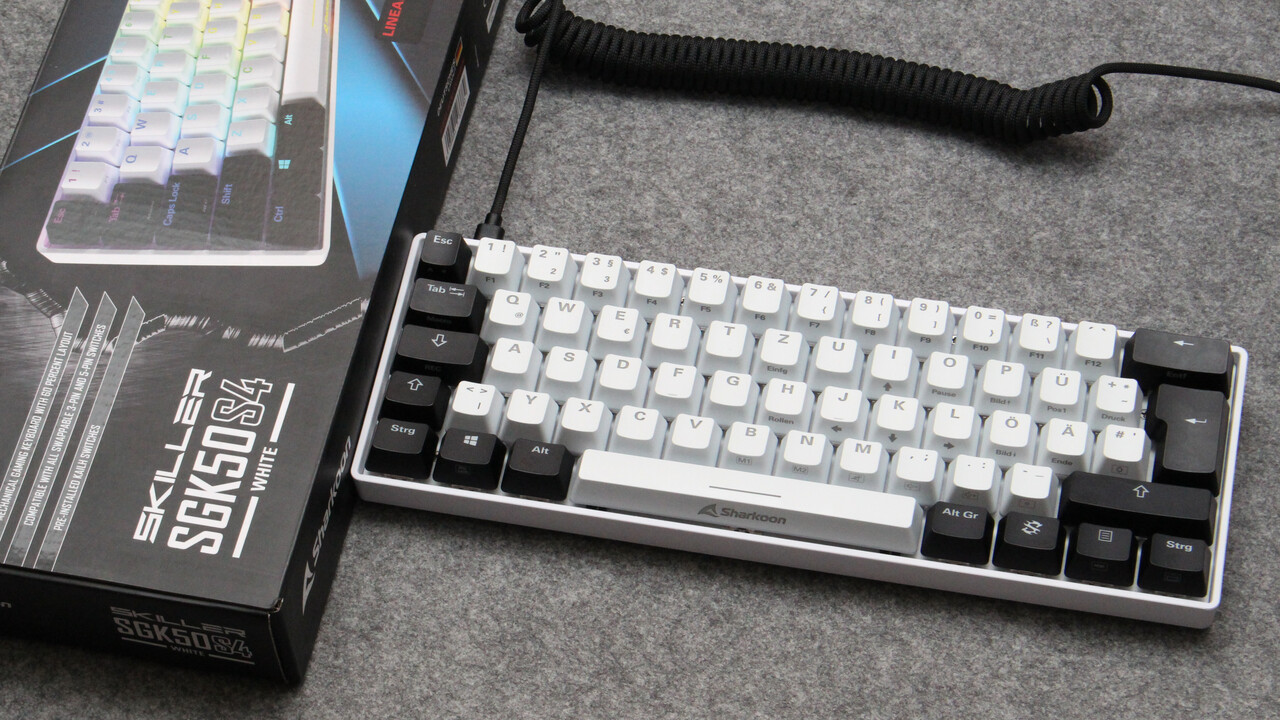Wooting 80he in the test: a new king in the field of keyboards 126 comments
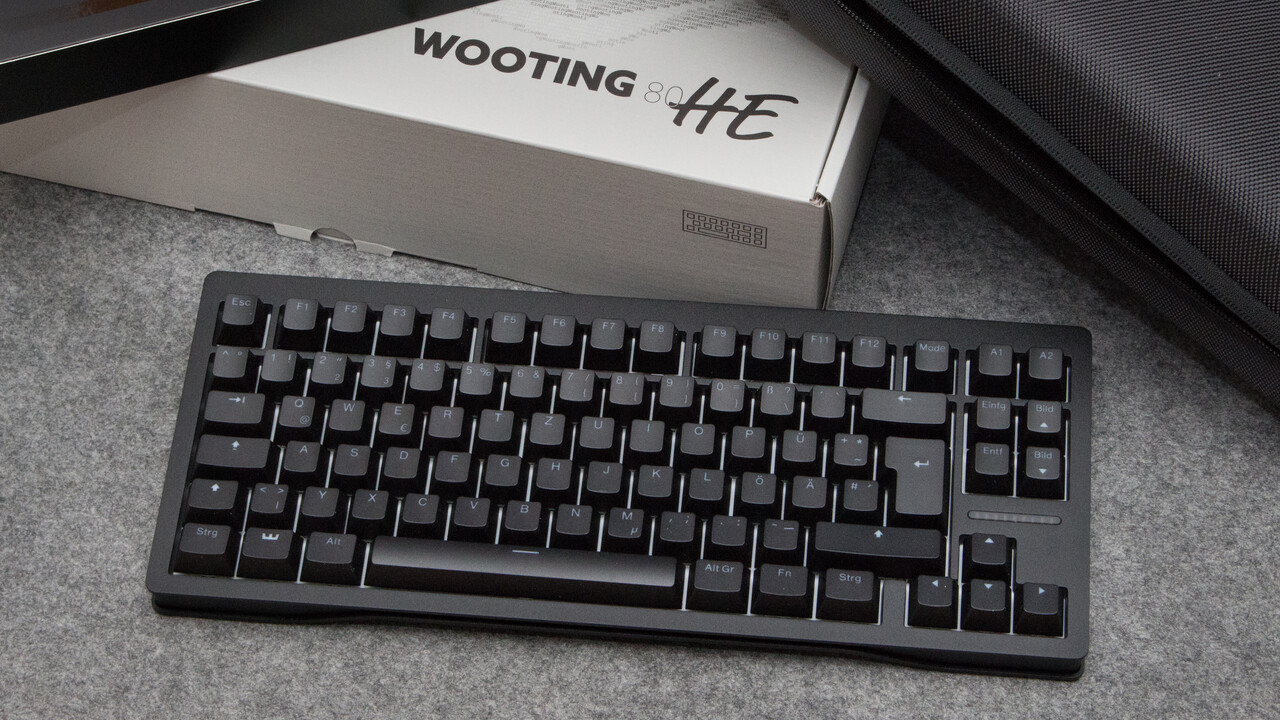
With the 80he wooting there is a new king on the keyboard, which makes everything good. However, he is not for everyone, because he deserves his position through his skills: on one point, he asks a lot. Full test details.
Table of contents A new king in the field of keyboards Wooting 80HE: Unusual layout prices for keyboards and self-made Analog button with many options The analog options are completely everyday and acoustically quiet.
Trellis. Superior keyboard. Really good. The Wooting 80H earns all the attributions somewhere. It would be better to say, however, that she is the new king of the segment. He is in royal superiority above all else, can in the ideal image, present himself as a universal genius – and yet has a role that is not for everyone. Full test details.
Wooting 80he: unusual layout
Even with the layout, the Woooting 80he dances a bit offline. Your 80% form factor is a compromise made of ten keyless structures and 75%. As such, it keeps the function keys in two instead of three rows and also secures the F keys. This costs a centimeter width, but in return saving a larger arrow.
The outer shell material depends on the version purchased: the 80th is available with a plastic or metal housing, which can be adjusted by 2, 8, 6, or 10 degrees using rubber pads. In addition to the buttons, the illumination also includes a light bar that displays status information. The buttons and switches can be programmed via a web app in the Bowser. Four profiles are available for this. A USB-C cable, Funk, and Bluetooth are transmitted via Woooting.

The 80% layout provides two rows for the function keys. Image 1 of 8
Prices for keyboards and DIY keyboards
Depending on the features, prices start with a plastic housing in black or gray and ABS keycaps. PBT keycaps in black or white cost 20 euros. If you have already done so, you can order the keyboard without caps. With a zinc alloy case and PBT caps, the price is 330 euros. A handheld ball mount adds a plus.
Furthermore, the 80th can also be purchased as individual modules. Here, Woting allows for greater freedom in choosing buttons; the offering includes both Lekker switch variants as well as Gateron alternatives and models that can be manufactured at TTC. The keyboard then requires self-assembly, but in an identical configuration, it costs no more than the “pre-new” versions.
Analog buttons with numerous options
For the pre-configured boards, only Lekker-60 switches are used, which can precisely determine the print depth using Hall effect sensors. This can be used, among other things, to determine when the button should transmit a signal. Computer Base had already explained the functional principle of this technology in detail in the Wooting 60 HE review.
The resistance of the Lekker 60 starts at 40 grams and increases linearly up to 60 grams. Especially when the signal point is set very early, the higher resistance of the button pays off. Due to the higher initial resistance, it allows for more controlled prints and prevents accidental triggers without being directly stiff—so 0.5 millimeters or less can also be used up to signal transmission in everyday life without getting on your nerves. If you don’t like this coordination, you can fall back on the Lekker 45 soft buttons when building it yourself, which have a resistance between 30 and 45 grams. Gateron and the TTC button offer other options that are between Lekker 45 and 60 and also use springs of different lengths, which affects the “jump” of details.
Version 2 of the Lekker switches reduces pad play and thus key caps. At the same time, this also optimizes the sound, promises Woot. The third and final innovation of the second generation of Lekker switches is a higher amount of lubrication. A cross-comparison with the old switches confirms this: the Lekker v2 has a duller, less wobbly sound, and the keycaps rattle less. However, the effects aren’t huge. The improvements are most evident when moving the keycaps with your fingers: where the 60th is always quiet, the 80th remains silent. This, along with the drier acoustics, is absolutely necessary for the keyboard to compete in its price range.
Analog options are comprehensive
When it comes to the possibilities of analog technology, Woot remains a pioneer. The buttons can be used as thumbsticks or triggers, for example, to be able to dose more precisely in an emergency in racing games. Multiple signal points per button can be defined, or true dual assignments can be implemented. The distinction between tapping and holding a button for a little longer works incredibly well in everyday life, namely according to the idea and without having to think about it. On an 80% keyboard, the function loses importance compared to the 60% model.
Furthermore, quick trigger pulls can be used, as well as the controversial instant tap, which helped shooters when changing direction.
Everyday Life and Acoustics
The mix of good hardware and excellent software makes the Wooting 80he a pleasant companion in everyday life. The 80% layout also contributes to this, which stands out as little as possible to fit into the narrowest possible form factor.
Finally, silent
While the Wooting 60 still had to do without constructive sound minimization measures, the new model can implement what’s possible, also in the metallic form of the outer casing. With the optimized buttons, it clicked without reverb, dull and rich, with a dark “spit” that is impressive. The acoustics reach another level compared to a Duck X joint plate, and the polycarbonate plate ensures that the attacks are also somewhat steamed to match the sound.
However, a plastic slam remains somewhat similar to the AKKO MOD 007 (review), which, however, delivers its sound profile with more clarity. Regardless, both Hall effect keyboards share this basic peculiarity, which must be attributed to the construction of the buttons. This distinguishes it from a Monsgeek M1 V5 (review) or the crisp attacks of a Keychrones Q5 Max (review), which can do a bit more. The 80th is more elaborately constructed – which has an audible effect
The 80th is more elaborately constructed – which has an audible effect (image: wooting)
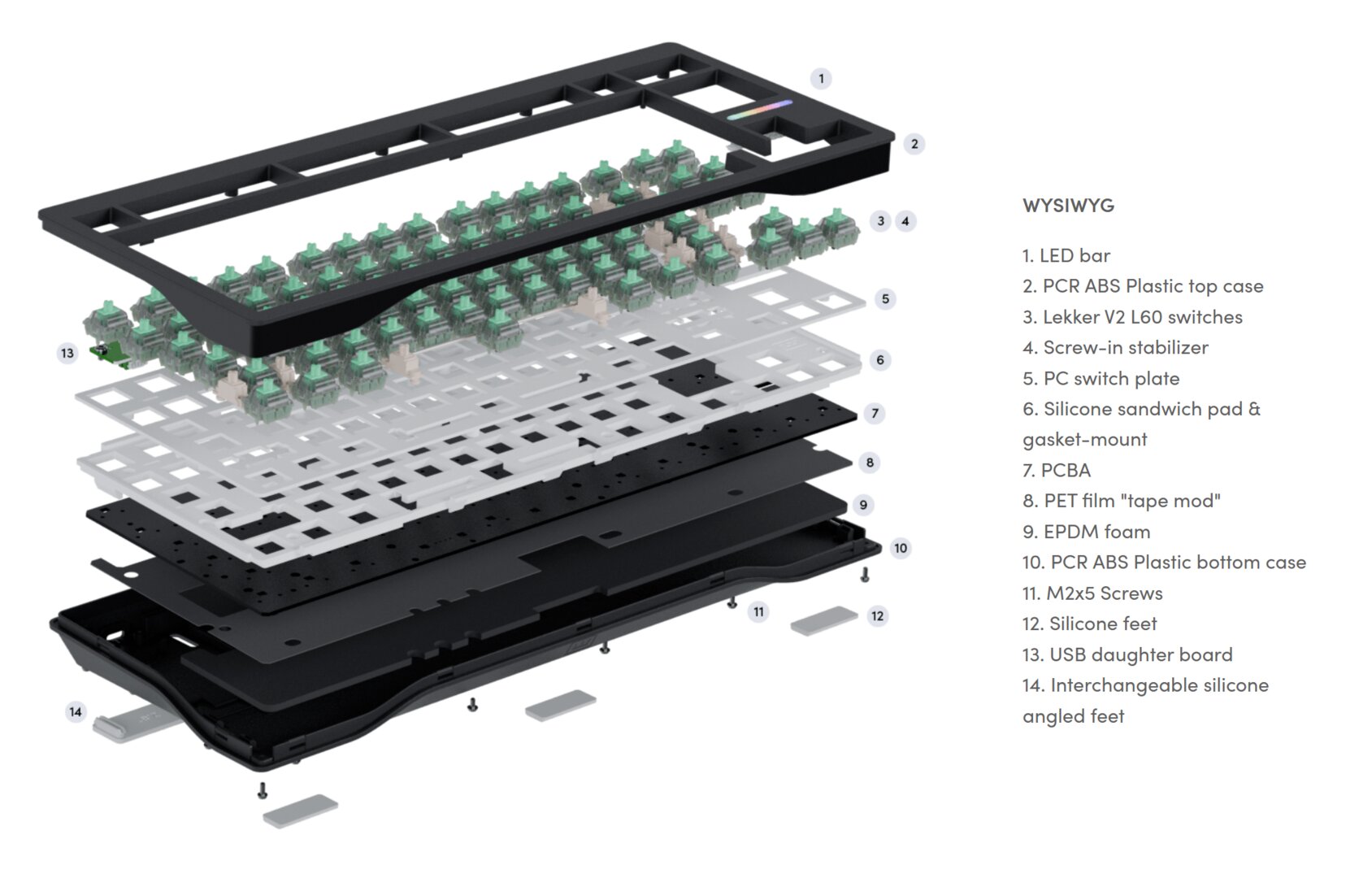 Internal optimizations bring less clear benefits. A polling rate of 8,000 Hz sounds just as impressive as a latency of just 0.125 milliseconds for pure signal transmission.
Internal optimizations bring less clear benefits. A polling rate of 8,000 Hz sounds just as impressive as a latency of just 0.125 milliseconds for pure signal transmission.
This isn’t a killer feature, as the usual 1,000 Hz already means a latency of 1 millisecond, but there are other factors in the latency chain as well. This improvement is aimed at professional gamers; it wasn’t noticeable. The feeling of increased speed only brings an early signal point or a fast trigger, which makes inputs significantly more noticeable.
Weighing a good two kilograms, the 80e isn’t lightweight. Nevertheless, the chassis can be moved easily because Wooting has thought about the handle. Assembling the adjustable feet, on the other hand, is a bit annoying, but is common for metal cases. The steel version of the input device is included in the steel version.
Unusual, but good: The 80% layout makes sense
Unusual, but good: The 80% layout translates into meaning Image 1 of 3
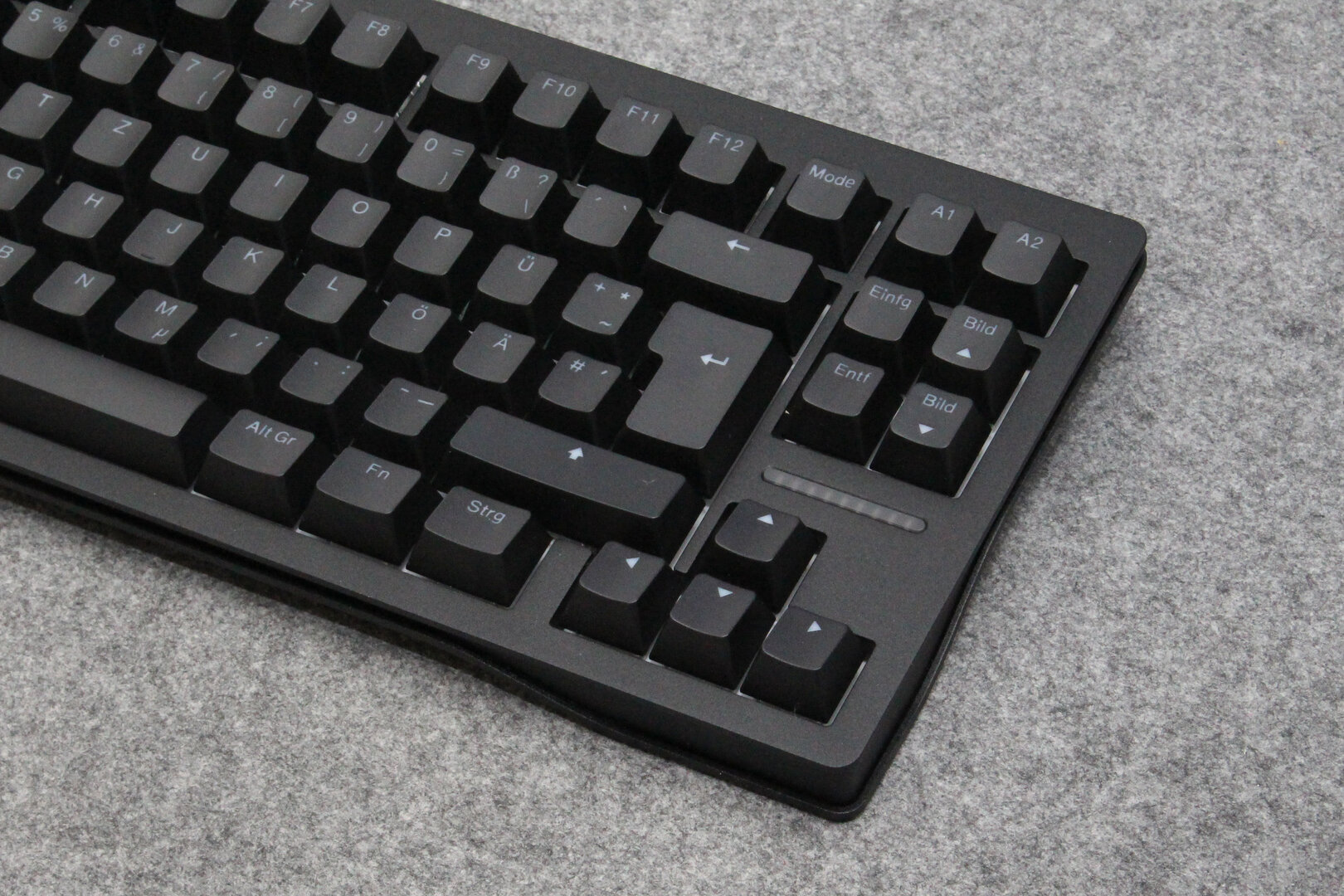
Anyone already familiar with compact keyboards won’t necessarily benefit from the 80% layout, at least not compared to the 75% layout. However, what the extra centimeter of width creates is the ability to maintain a conventional keyboard layout. This clearly facilitates the transition to narrower keyboards. The option is particularly suitable for everyday use, allowing for individual key illumination for each functional level. This way, it can be “marked” which keys have an FN function and also explain what’s there—if you decide to leave the media keys lit, for example, when typing on FN Red.
At the same time, Wooting can maintain the standard size due to the selected layout—making it easier to replace the caps. Ultimately, the keyboard is much more suitable for everyday use than the NZXT variant in the Elite MinitKL (test), which simply pushes together the ten ten-button keys without a key.
As for software, Wooting remains at the top. The software is not only open source, but also delightful. Four profiles, allowing you to configure four profiles regardless of platform, the ability to program multiple (!) function levels, and a convenient button overview, which helps you understand the effects of features and settings—nothing that comes to mind is “missing.” On the contrary, good descriptions and a clear presentation ensure that each feature quickly reveals its purpose. If you don’t like it in the browser, you can easily install the software and then use it offline.
Explanations and overview illustrate the settings
Explanations and overview illustrate the settings image 1 of 8
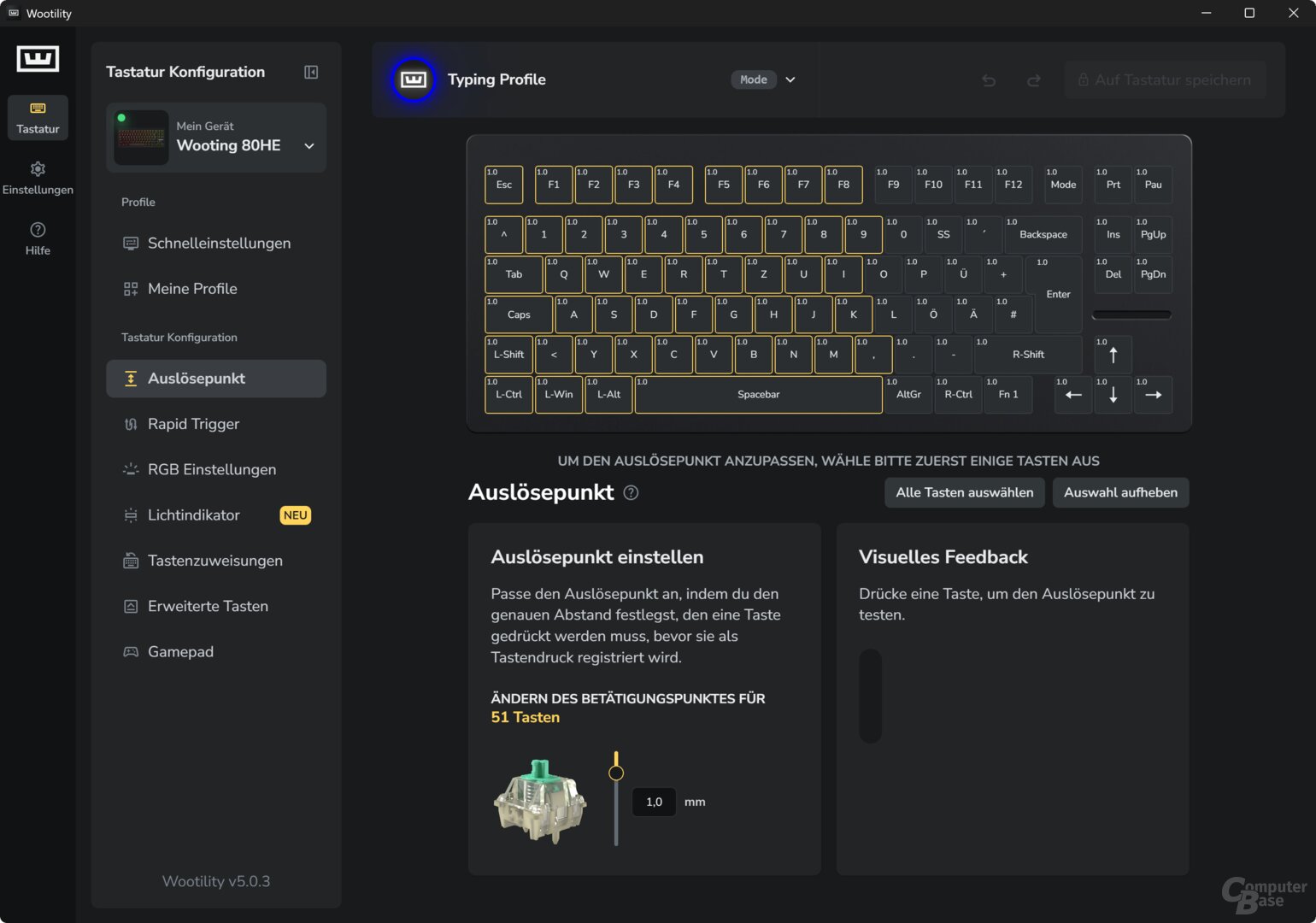
Lattice. Superior keyboard. Really good. The Wooting 80H earns all the credits. It would be better to say, however, that it is the new king of the segment. It stands supreme above all else, can ideally present itself as a universal genius—and yet has a role that only a few play. Because the price of a keyboard is a house number.
It’s also in the nature of a universal genius that it can do a lot, but doesn’t shine everywhere. Woooting cuts well with the buttons, even for this product class, but it’s a little better, at least in terms of sound. This is due to the otherwise excellent buttons. In return, however, the HE technology offers a variety of freedom and possibilities that conventional buttons cannot offer, and which are accompanied by truly excellent software. So there’s no “but.”
To achieve this, the new king of the segment requires a lot of money, which should exceed the budget of even the most interested parties. If you’re willing to invest around 330 euros, you get a near-perfect overall package of large buttons, simply packed complexity, and decent sound that doesn’t affect its weaknesses.
Greetings from Wooting: The 80th shows how the keyboard works
Greetings from Wooting: The 80th shows how the keyboard works
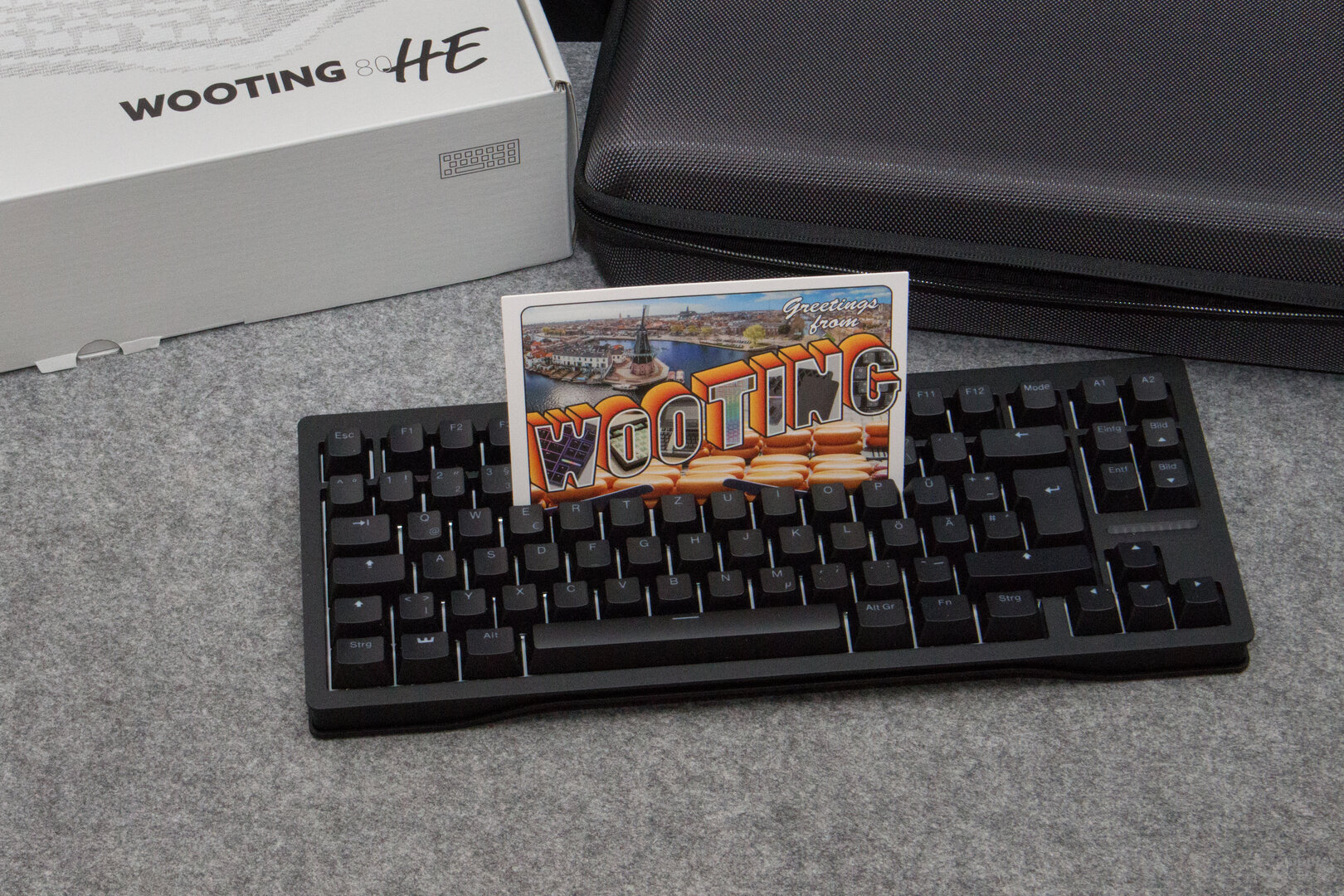 Was this article interesting, useful, or both? The editorial team welcomes any support from Techastuce Pro and disables ad blockers. Learn more about monitors on the computer base.
Was this article interesting, useful, or both? The editorial team welcomes any support from Techastuce Pro and disables ad blockers. Learn more about monitors on the computer base.
Topics: keyboards and input devices

Victor explores mechanical, ergonomic, and gaming keyboards to combine comfort, precision, and responsiveness.
